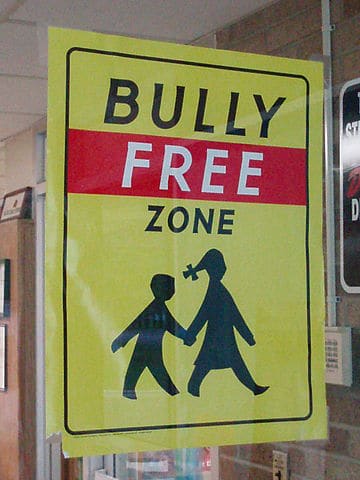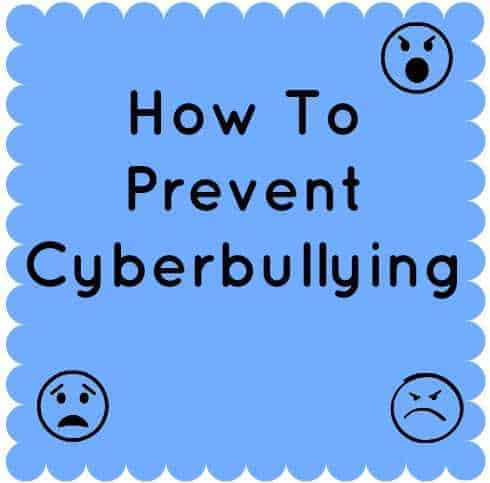
Many people mistakenly believe that they don’t need to worry about bullying until their children at least start elementary school, if not later. Even many of the initiatives designed to prevent bullying focus on children in middle or high school. While it’s true that those are the ages that are hardest hit by the epidemic, studies indicate that bullying can start as young as age 3, or around the time most children start preschool. Talking to your preschooler about bullying at a young age not only benefits them now, but the message may be more likely to stick with them in the future.
Of course, you’ll need to take a slightly different approach to discussing bullying with a preschooler than you would with an older child. Preschoolers may not understand the different terms involved in more advanced discussions. With a little creativity, though, you’ll be able to get the message across.
Tips for Talking to Preschoolers about Bullying
- Start by explaining what a bully is. Keep it simple and to the point/ Aa bully is someone who hurts others by hitting, saying mean things, or scaring them.
- Talk about why some children bully others. Again, don’t go into deep psychological explanations here. Just a brief conversation about how some kids bully because they are angry, scared themselves, or don’t know how to express their feelings in a more positive manner should suffice.
- Rely on books to help get your point across. Books are a great way to teach preschoolers about bullying. Peter J. Goodman’s book, We’re All Different but We’re All Kitty Cats: First Day of School
, is a great resource that teaches about different types of people (or cats) and how one particular cat handled being bullied. Books that teach diversity help children understand that although everyone is different, everyone is also a person that deserves to be treated with respect.
- Use dolls or action figures to act out a scene. Create a scenario in which one of the dolls is being bullied by another, and engage your child in acting out the rest of the scene. Don’t lead the scene unless your child seems to need help figuring out what to do. By allowing her to lead the play time, you’ll learn valuable insights into what your child already knows about bullying.
- Let your child know that you are available to talk anytime. Make sure your child knows that he can come to you if he sees or experiences something negative. Tell him, “if someone hurts you or makes you feel scared, please tell mommy or daddy right away. We won’t let anything bad happen to you.”
At this age, talking to your child may not be enough to prevent bullying in preschool. Choose a preschool with an “open door” policy and take advantage of it by dropping in unexpected on occasion. Volunteer in the classroom when you have the time. Get to know the parents of the other children if possible. Many parents use preschool as a form of daycare, so time is often limited. Still, if you can take a day off, or even visit on your lunch break once in a while, you’ll get to know the teachers and children that your child interacts with a little better. If bullying does become an issue, you’ll know who to talk to.

great tips
You know, I never heard of anyone being bullied when I was in school except for one gay boy in our middle school. It seems like the bullying issue is so much more common now, it just breaks my heart!
What great tips… thank you it is so hard when they are so young